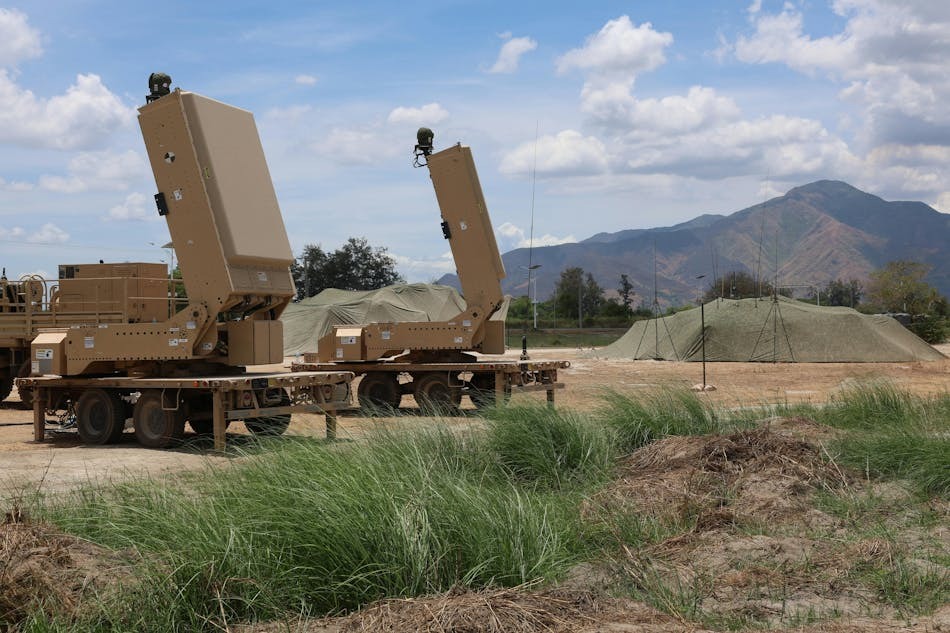El proyecto PROTEAN busca maneras para que los contratistas de defensa implementen sus capacidades de guerra electrónica, guerra electromagnética y armamento para su evaluación técnica e integración en vehículos no tripulados. Las armas electromagnéticas involucran microondas de alta potencia y armas de pulso electromagnético para destruir o inutilizar componentes y subsistemas electrónicos cruciales en armas militares, sensores, comando y control, y redes para atacar las capacidades enemigas sin usar explosivos.
CRANE, Ind. – U.S. Navy researchers are extending industry’s deadline until next week for responding to solicitation to develop new ways of helping electronic warfare (EW) and electromagnetic weapons designers integrate and test their technologies aboard uncrewed vehicles.
Officials of the Naval Surface Warfare Center in Crane, Ind., are giving industry until 22 May 2025 for industry to respond to a request for solutions (N0016425SNB52) for the Prototyping Research and Operations for Tactical Electromagnetic Warfare and Advanced Networking (PROTEAN) project.
The PROTEAN project seeks to find ways for defense contractors to bring their EW, electromagnetic warfare, and weapons capabilities for technical evaluation and integration onto uncrewed vehicles. The previous deadline for responding to PROTEAN was 30 April 2025.
Electromagnetic weapons
Today there is no way for EW, electromagnetic weapons, seekers, and weapons systems designers to demonstrate their technologies on uncrewed vehicles, Navy researchers explain.
Electromagnetic weapons involve high-power microwaves and electromagnetic pulse weapons to destroy or disable crucial electronic components and subsystems in military weapons, sensors, command and control, and networking to attack enemy capabilities without using explosives.
The project also will address technical integration challenges; lack of standardization; insufficient testing and evaluation; inadequate transition paths; operational effectiveness; and limited innovation.


